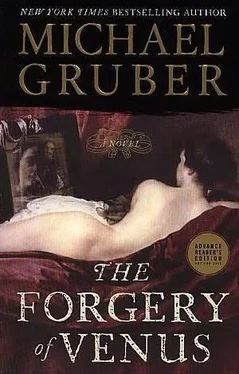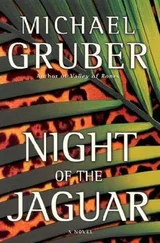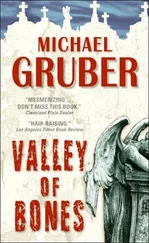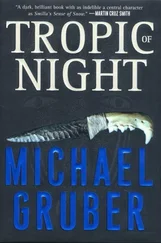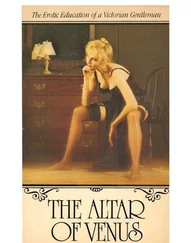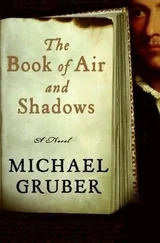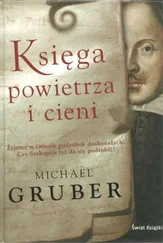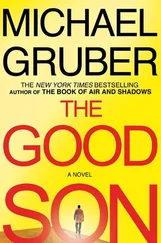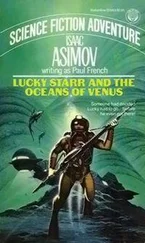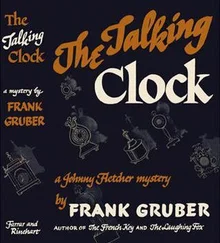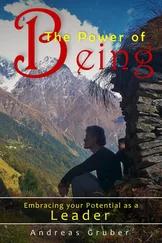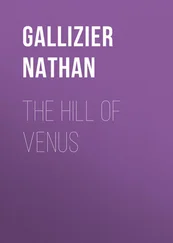One morning Franco and I set out for the Prado, nice day, spring in Madrid, not too hot, flowers blooming in the boulevard planters, pleasant scents abroad in the air from the botanical garden nearby. Stood for a couple of minutes in contemplation by the big blackened bronze statue of my guy that sits in front of the museum, wanted him to get down off his chair, fling his arm over my shoulder, and give me some fatherly advice, and for a second my head got all wobbly, smeared vision, and the bulk of the museum became vague, and I was looking through the park to the palace of Buen Retiro as it’d been in the seventeenth century, just for a second there, and-something I never did before-I kind of put my foot on the brake and came back to now. A new skill? Useful.
I avoided Velázquez’s paintings that day and spent my time on the top floor with the Goyas. Okay, here’s a guy came up the hard way, hustling commissions from crappy little convents and provincial churches, spent years doing cartoons for a tapestry workshop, comes to Madrid, gets named painter to the king, studies Velázquez, figures, oh, this is perfection, the perfect realization of a baroque world still intact-honor, glory, nobility, all that-and so he says, screw it, he’s going to paint the shattered world we see in dreams and also the world in his time, the bleeding subject of the nightmares brought forth by the dreams of reason. Here’s his portrait of the royal family, the polar opposite of Las Meninas , silly marionettes in a glass case, no air, their feet barely touch the ground. And his majas, they’re dolls, no one ever painted a nude so badly: the arms are wrong, the tits are insane, the head’s skewed on the neck, and yet this doll made up of spare parts has an incredible erotic authority. The pubic hair helps, the first real crotch in the history of European art. A mystery, but it works.
Franco, discreetly accompanying me, stared long at this one; it’s his favorite, obviously, and why not?
What was I thinking here? Death and madness, my Goyesque period, utter loneliness; about Lotte, she’d save me if she could, if I let her, the realest thing I know, her and the kids; and also about my dad-always when I think about Goya-about what he could’ve been, how he saw the war, why he didn’t harness that rage and bitterness into art, an exact contemporary of Francis Bacon, that’s who he should’ve been. Instead he decided to be almost as famous as Norman Rockwell.
And there I was in front of Goya’s Cronus Eating One of His Sons, the mad glare, bulging eyeballs, as he bites his victim’s head off, nothing else like it in art, the putrid yellow flesh of the titan in a light cast from hell, and then a moment of disembodiment and I’m gone, out of the Prado and back to my father’s studio, age ten or so. I’m not supposed to be back in the racks where he keeps all his old stuff, but I’m at the curious age; I want to know who is this titan controlling my world. Smell of paper and canvas and glue, top note of his cigars and turps from the studio on the other side of the closed door.
On tiptoe I reach and pull down a set of sketchbooks tied with twine. They’re exciting, secret, they have a history, beat up, the covers scored and dirty, one’s been in the water, rippled and stained. I open the twine and there’s his war, Okinawa, planes, ships, tanks, all the beautiful death machines, faces of young marines caught in unmanly terror, landscapes with shell craters, dressing stations lit by battle lanterns, the masked surgeons looking like figures from Bosch as they probe the ruined youths. And page after page of the dead, American and Japanese, lovingly rendered in watercolor, all the wonderful ways that high explosive, fast-flying metal, and flame can turn mankind into garbage: eviscerated bodies; exposed coils of gut, impossibly long, stretched out on the earth; smashed faces, eyeballs hanging from bloody stalks; the peculiar arty black forms, hideously “modern,” created when human beings incinerate, things I’d never imagined. No one ever sees this stuff, it’s like feces, it can’t be shown in public; you have to be there.
I loved it, of course, nasty little boy that I was, and I swiped the sketchbooks and took them back to my room, my little “studio” with my kid-sized easel and my first-class paints, and I started to copy. Being Goya to Velázquez, I wanted to learn how to do that, stroke, lick, smear, and there was a skinned traumatic amputation, a jawless face, solid, brilliant, puke making. I went through sheet after sheet of expensive Arches paper-never any lack of art supplies, he used to buy it all by the ton-and after a while, it took weeks, I had it down, I could do the glisten of naked bone against riven flesh, and one evening he found me at it, with the sketchbooks strewn around my room and the painting there on the block, and he bit my head off.
It wasn’t just the usual keep your hands off my things; he was enraged, insane, way more than he would’ve been if I’d tried to copy one of his Post covers or a corporate portrait; no, he’d buried this and I’d dug it up, and not only that, I’d seen it. And I wanted it, not the slick shit, I’d instinctively wanted the real thing, the entombed Goya he was, and not only that, I could do it too, at eight years old.
He just beat the shit out of me, practically the only time he ever did. I remember the beating and I stuck it away in the slot of don’t touch Daddy’s stuff, but not the rest; the underpainting was wiped away, leaving only the slick and meaningless surface.
I have a photo from around that time, Charlie must’ve snapped it: I’m on the floor of our sunroom with my sketchbook, drawing, and he’s in a wicker easy chair with a drink in his hand, and he’s looking at me, and he’s got the strangest expression on his face, not paternal pride at all, but doubt and fear, and I just figured that out, there in the Prado. I always thought, Hey, he was a son of a bitch in a lot of ways, and a shit to my mother, but at least he encouraged me as an artist, he was proud of my talent, but now I saw that wasn’t true, the opposite was true, all those drawing lessons, painting lessons-now I can really recall them, because I was ten-year-old me just a few minutes ago, and I know what he did, the subtle warping, the criticism. He wanted me to be just like him, a locked box, a successful mediocrity. And I thought again of that gorgeous loft on Hudson Street and the painting in it, and I felt like I’d been socked in the belly; I literally could not breathe for a long minute.
“Are you okay?”
Franco was looking into my face and he was all blurred. I’m going blind now, hysterical blindness, I was thinking, maybe a mercy, and I said, “Yeah, I’m fine. Why?” and he said, “You’re crying.” And I laughed (hysterically) and said, “I’m not crying, it’s the pollen. I have hay fever”-a lie, just like my life. And what the fuck am I supposed to do with it now, this revelation, this understanding? Someone once said understanding was the booby prize, and oh, it’s true.
At that point I couldn’t stand to look at any more pictures, and we exited out to the Paseo, the wide boulevard that runs in front of the museum, and waited in a crowd of tourists at the crosswalk for the light to change-they wait in Madrid, unlike Rome, where no one waits for traffic. I was right by the curb, under a putrid cloud of self-pity, when something slammed me hard in the back and threw me right into the path of a city bus.
I was down on my knees and the bus was almost on top of me-I saw a band of red paint and above it the reflecting windshield of the monster-and then I was heaved into the air with a force that nearly yanked my arm from its socket, and the edge of the bus’s bumper smacked into my heel, ripping my sneaker from my foot as the air brakes screeched.
Читать дальше
